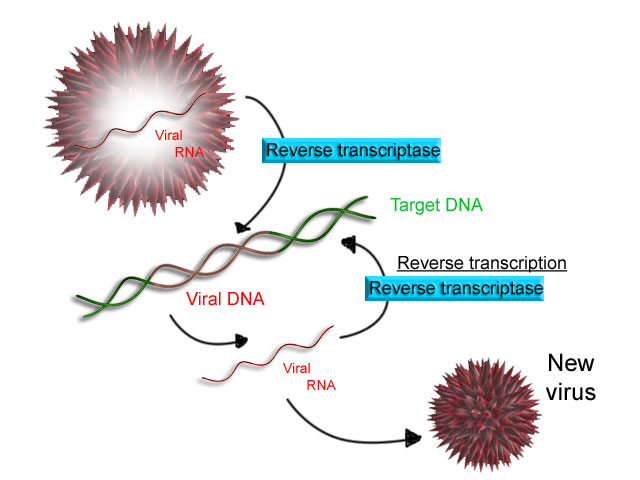Even though it is widely known that smoking causes serious health problems, people still do it. Centers of Disease Control and Prevention (CDC) reminds us that some of the consequences of smoking are cardiovascular diseases, respiratory problems, cancer development, and even death. Nevertheless, some people are still smoking because of good feeling nicotine leaves in the body. On the contrary, some others are trying to quit smoking. Trying. But why is it hard to do it in just one shot? Here is a video from ehowhealth YouTube channel which explains what nicotine does in the body.
Recent research at the University of Copenhagen has demonstrated that the post-smoking symptoms are what make quitting smoking really difficult. In a press-release from ScienceDaily, Professor Albert Gjedde, neuroscience researcher at the Department of Neuroscience and Pharmacology, University of Copenhagen explains “Regular smokers experience an almost dementia-like condition in the early hours after quitting, as suggested by brain scans.”
According to brain scans on smokers performed by Gjedde’s research team, after having stopped smoking, the blood flow and oxygen uptake in the brain decrease by almost 20%. This is considered a stressful situation for the body, which in turn starts producing an anxiety-like reaction, which is “probably one of the reasons why it can be very difficult to quit smoking once and for all. Smokers drift back into abuse, perhaps not to obtain a pleasant effect […] but simply because the withdrawal symptoms are unbearable.” MedlinePlus provides a comparison of the way one feels while smoking and one does after. From such list, it is evident why people have a hard time when throwing cigarettes away.
So what could be the best method to quit smoking? Scientists have recommended that a gradual withdrawal from smoking could be less traumatic than trying to quit in a single attempt. The explanation is that the effect of the post-smoking symptom will not hit not be as overwhelming, since they will not ‘hit’ the person at once. That way quitting smoking will be more manageable.




.jpg)



